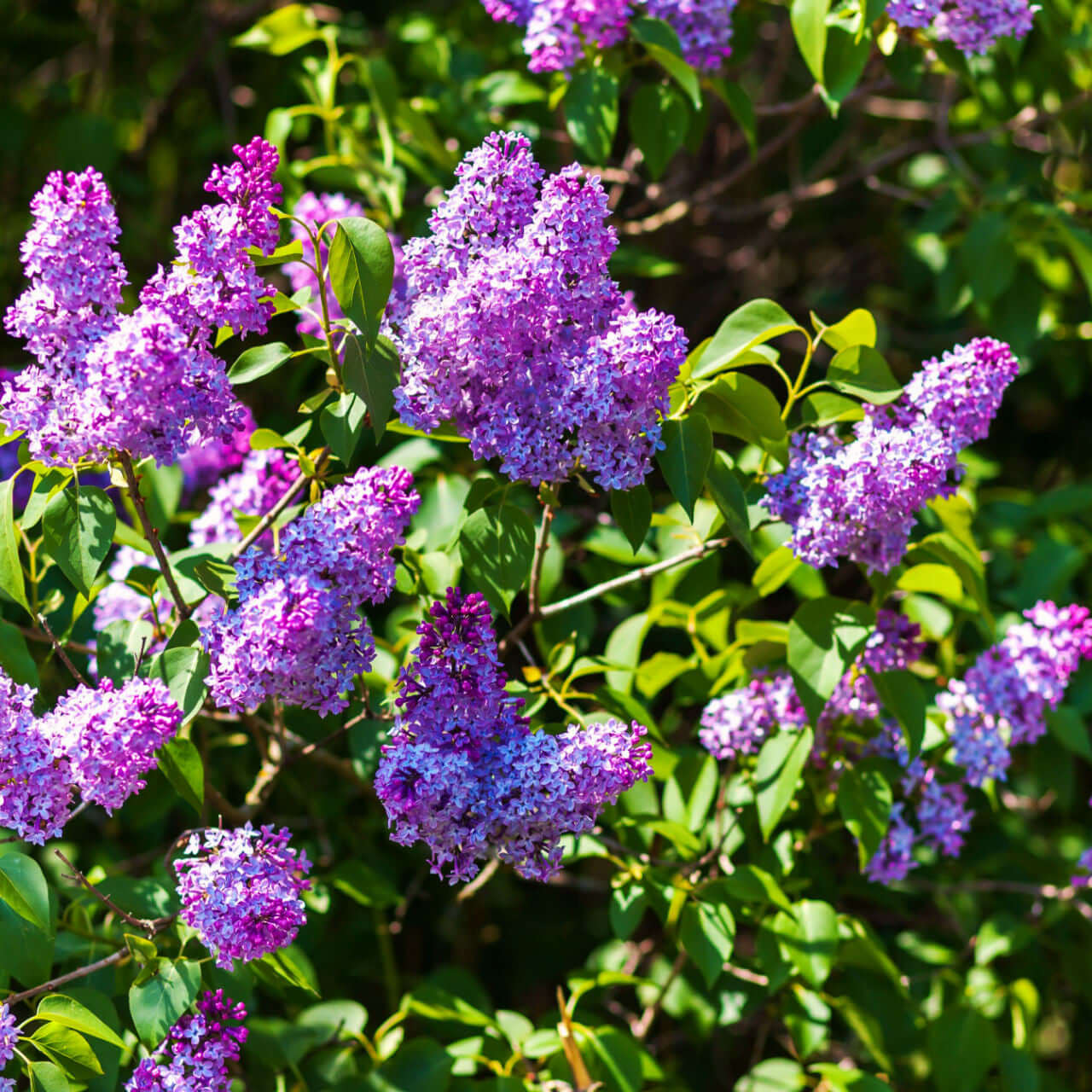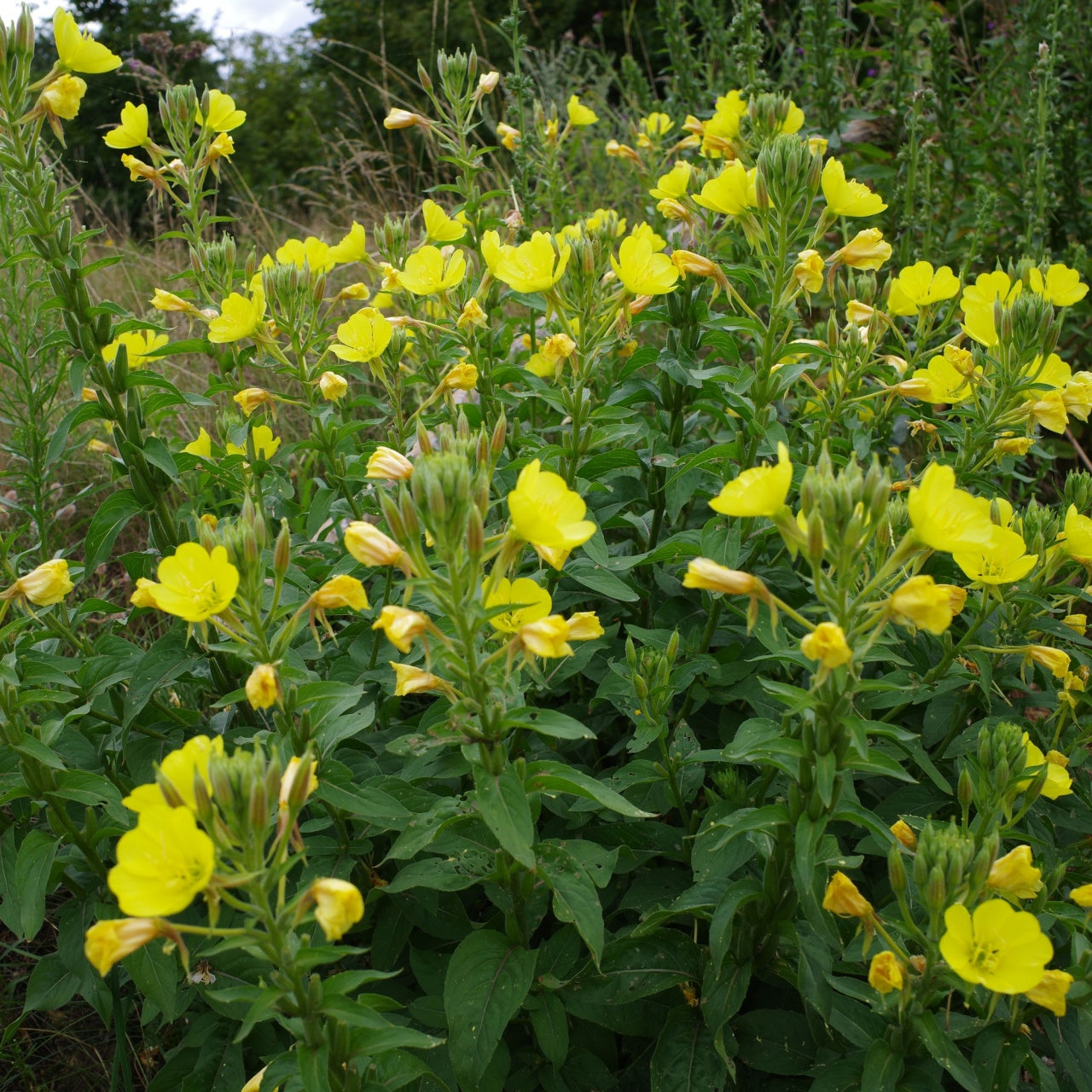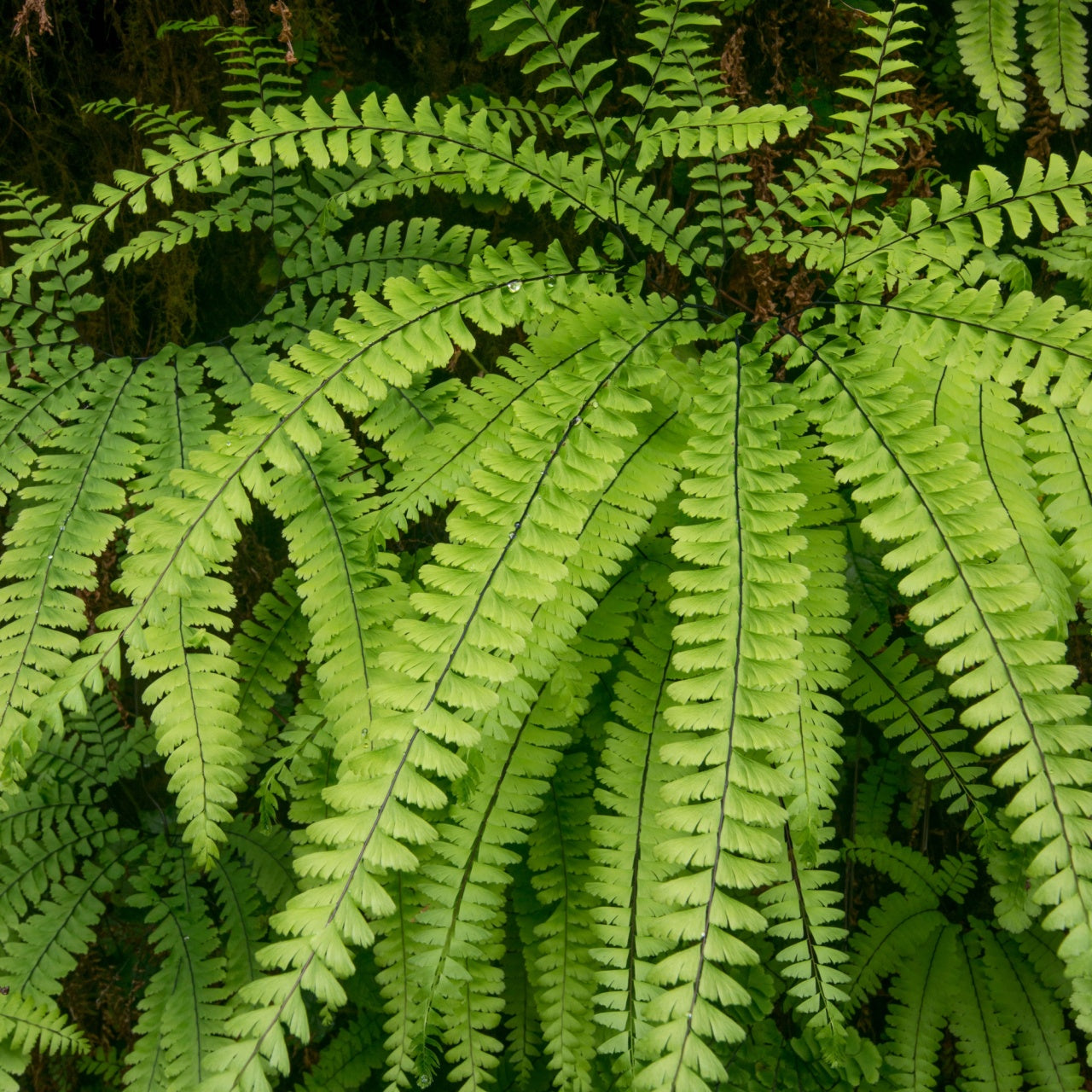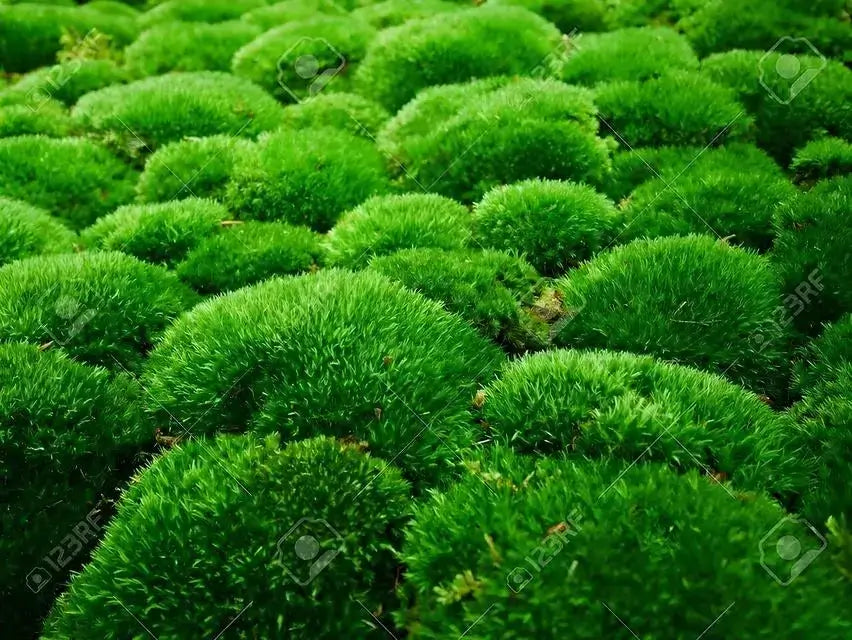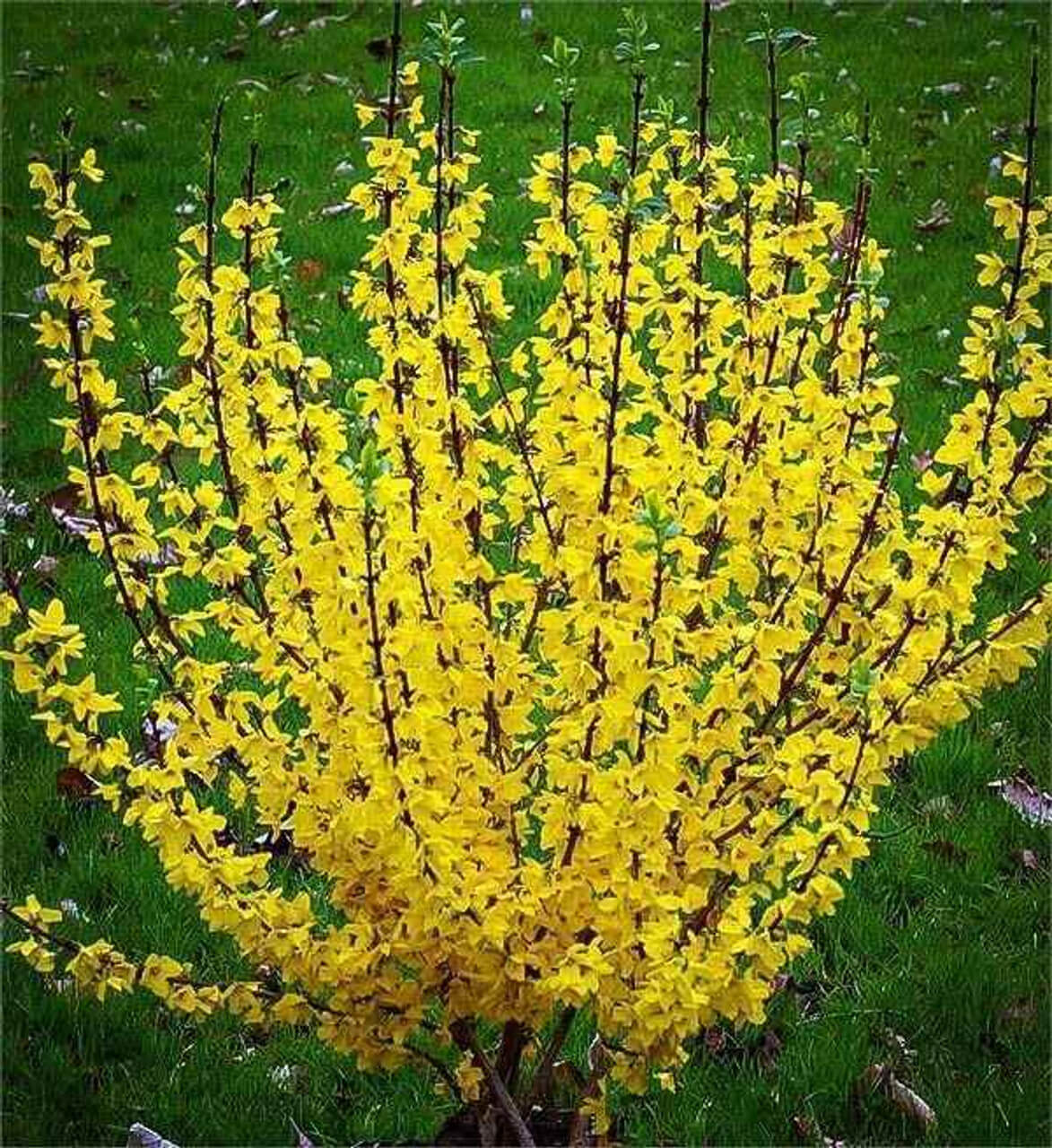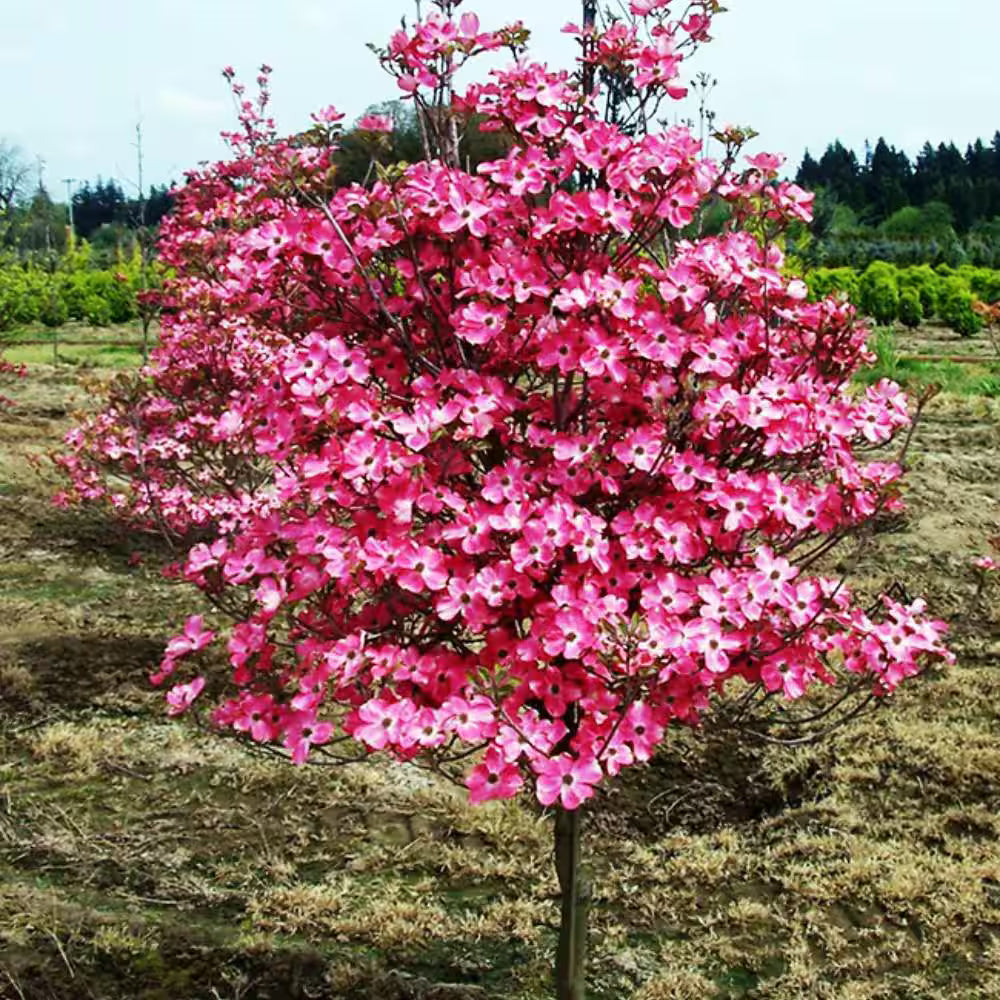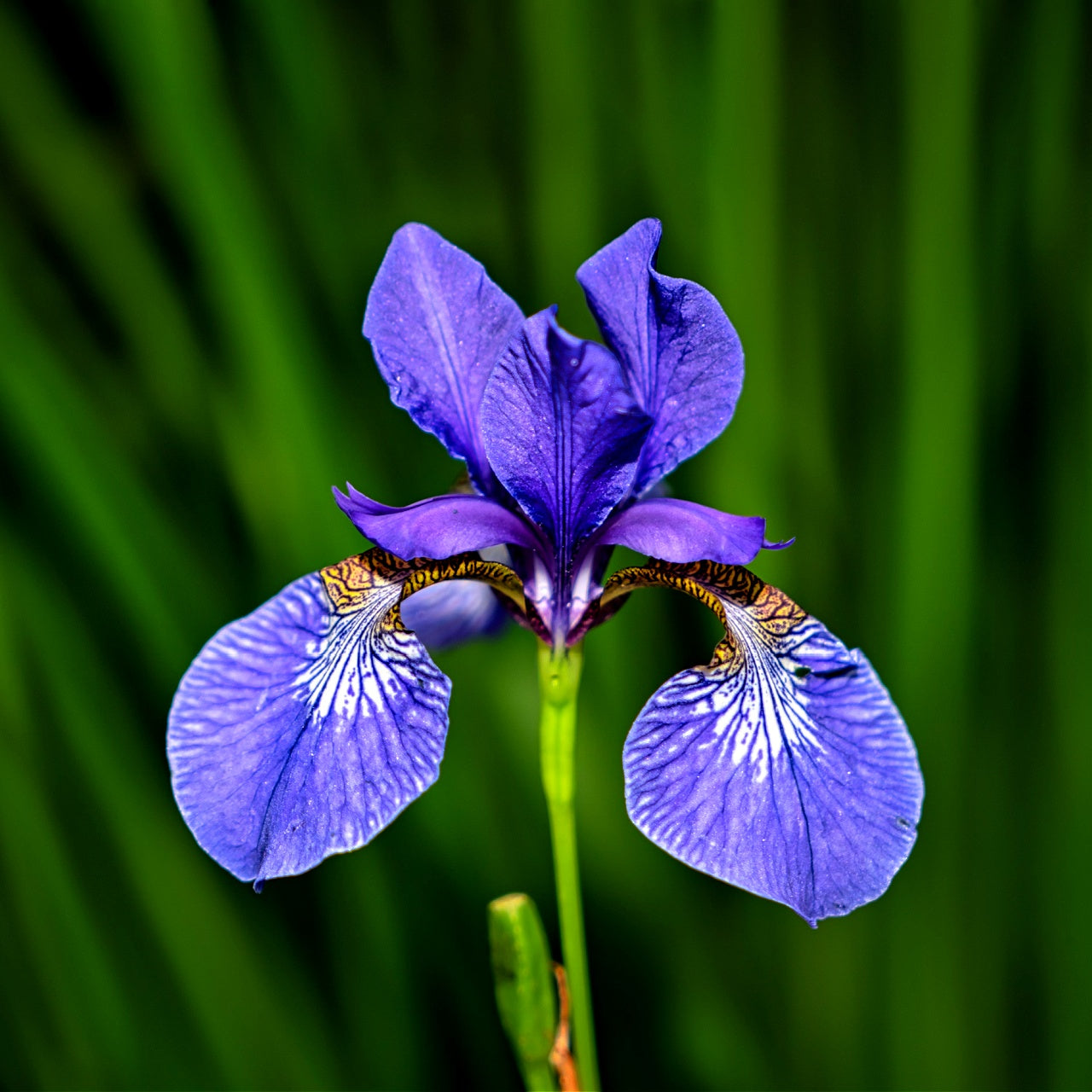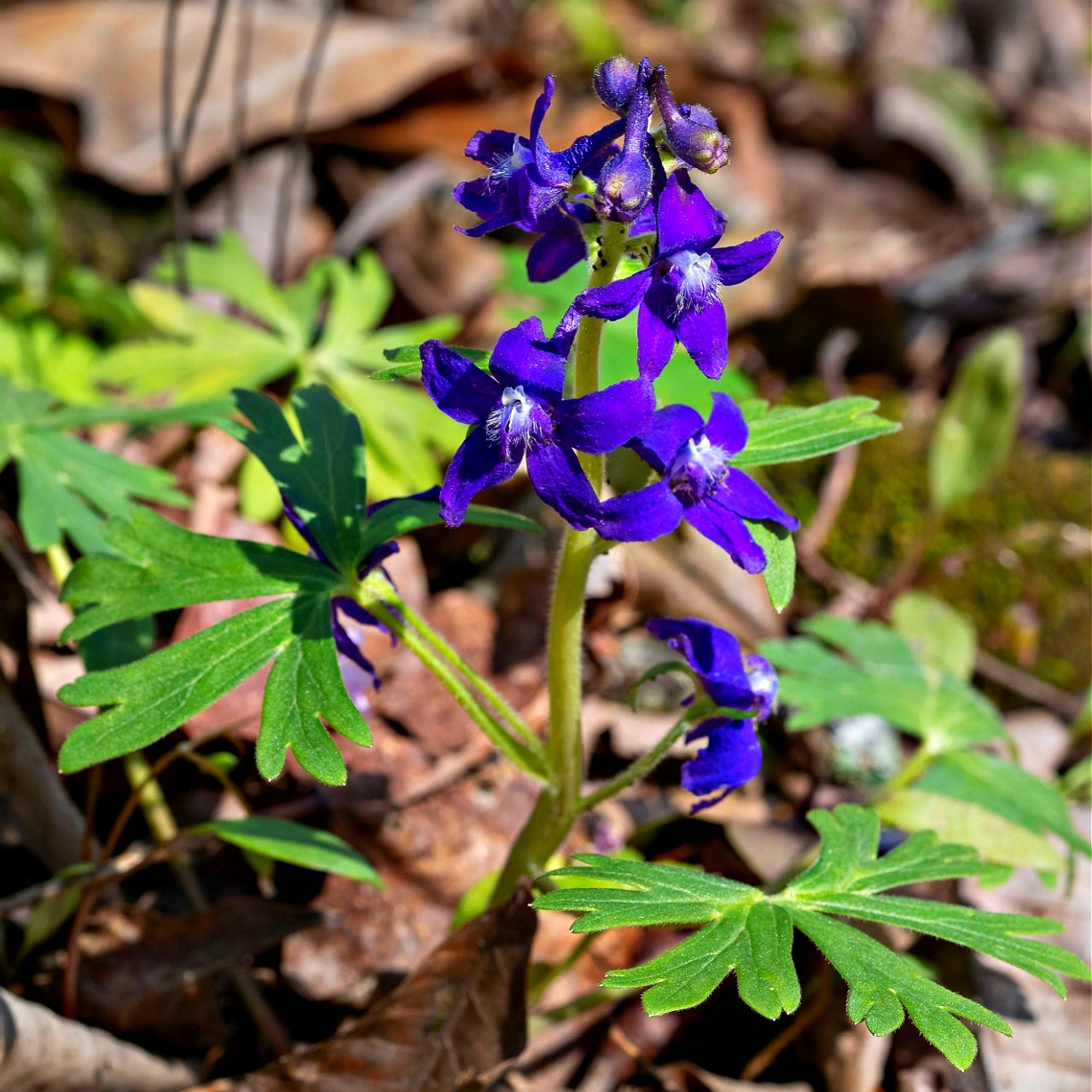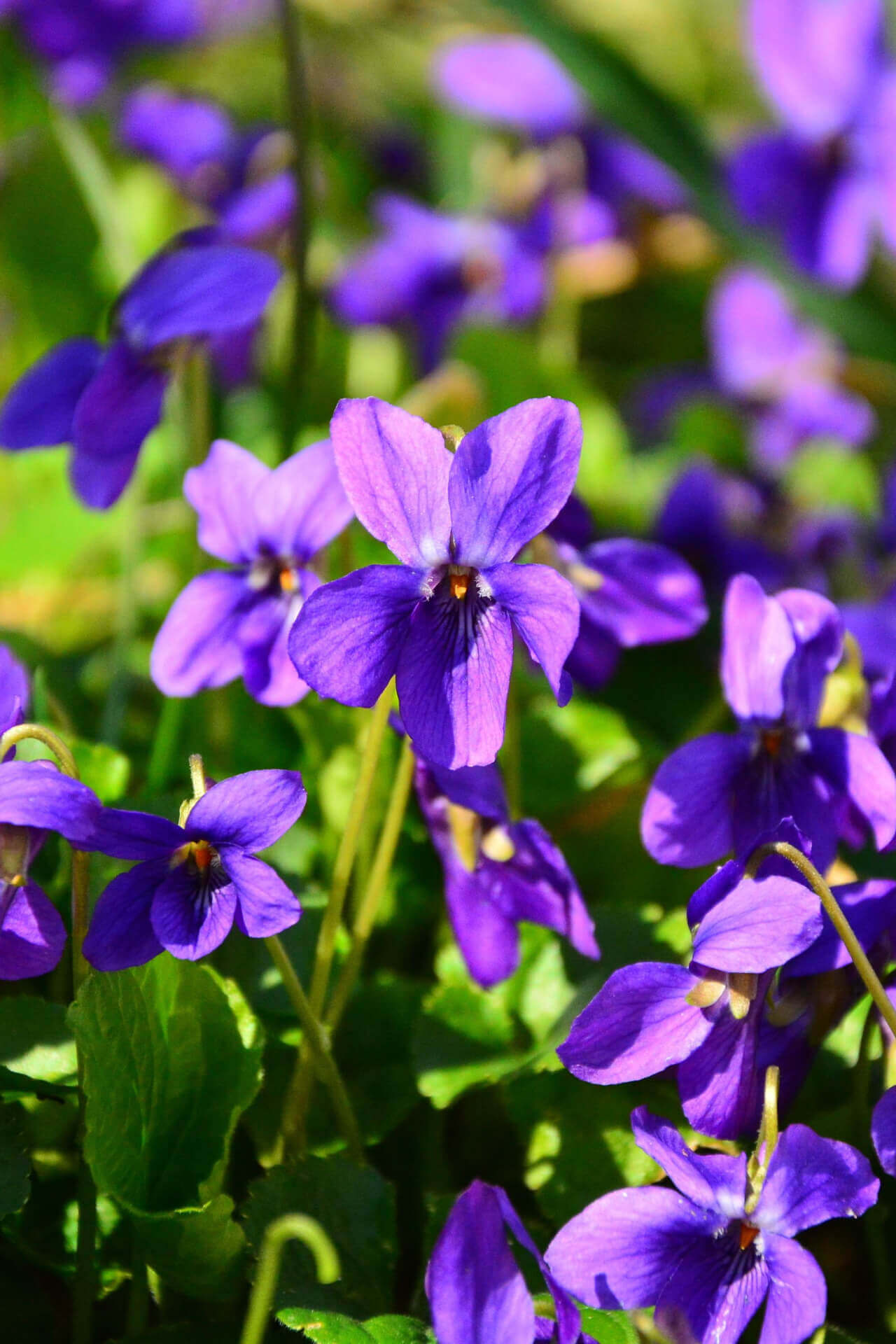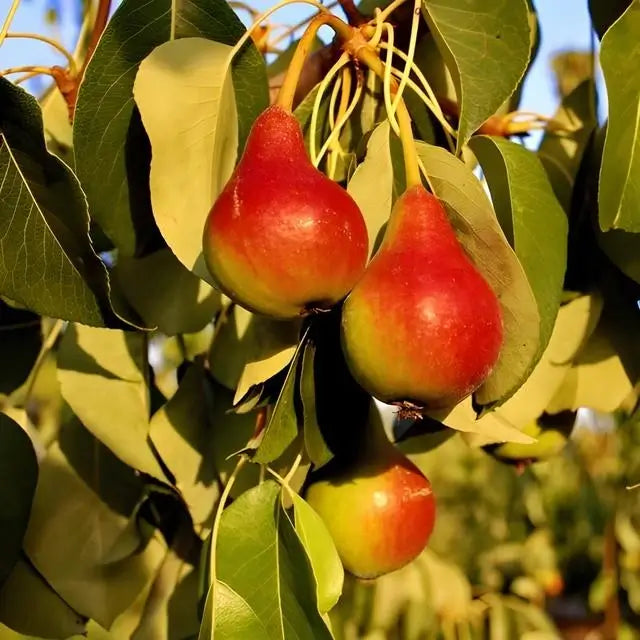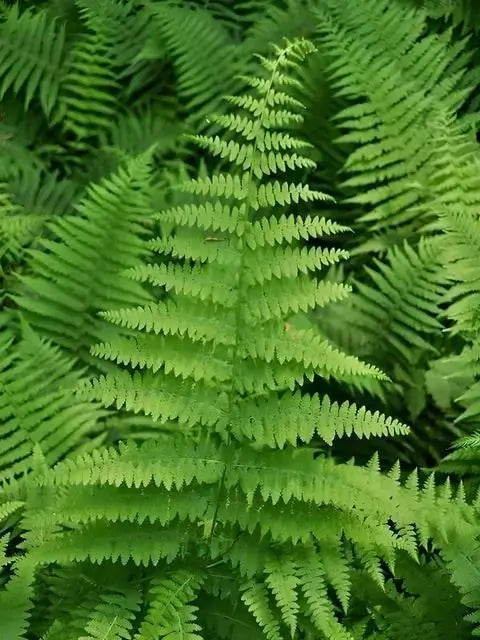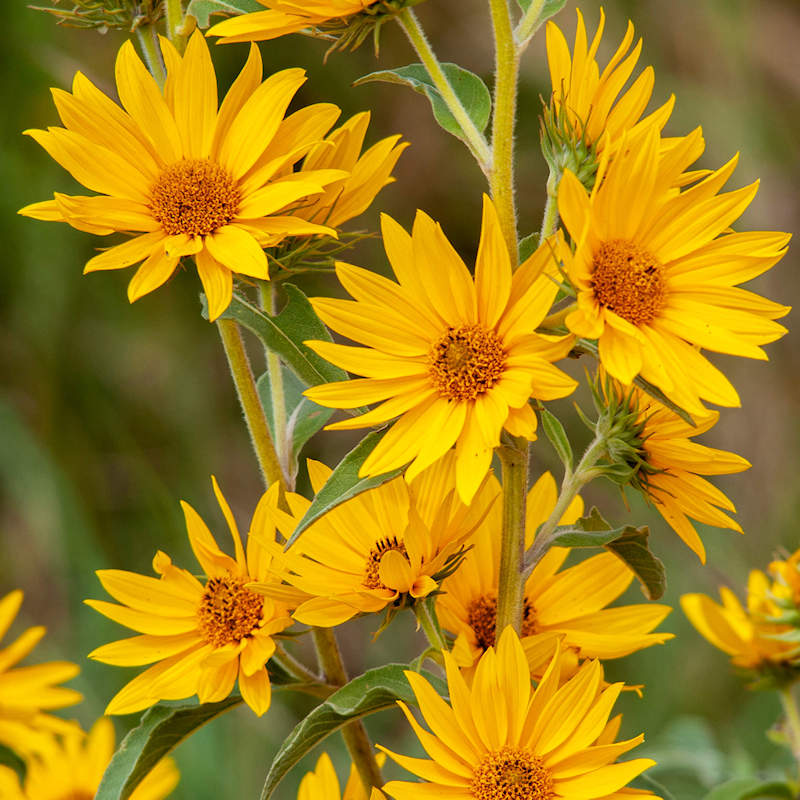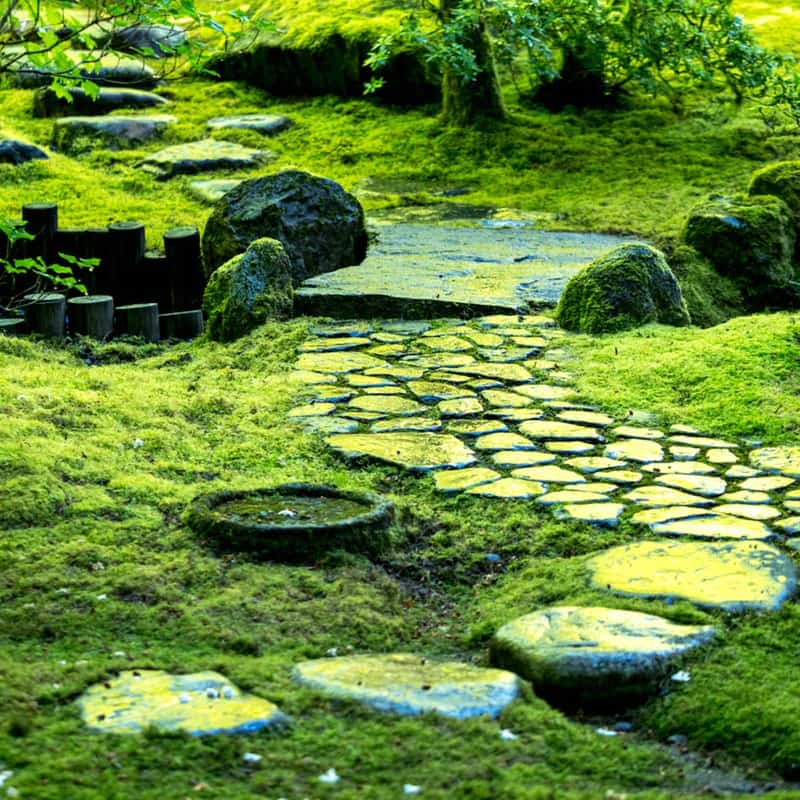Filters
Sort Best selling
-
Lilac Shrub -
Evening Primrose -
Jack In The Pulpit -
Bracken Fern -
Partridge Berry -
Yarrow -
Carolina Allspice -
Maidenhair Fern -
Cushion Moss -
Forsythia Plant -
Red Dogwood Tree - Ships Spring 2026 -
Tulip Tree -
Pecan Tree -
Blue Flag Iris -
Larkspur Delphinium -
Sweet Violet -
Sweet Bay Magnolia -
Pear Fruit Tree - Ships Spring 2026 -
Hay Scented Fern -
Maximilian Sunflower -
Garden Phlox -
Carpet Moss -
Quaking Aspen Tree -
Northern Spice Bush
Chilly Zone 5 has winter temperatures averaging around -10 to -20 degrees Fahrenheit. Some of the central and Northwest states (Minnesota, Iowa, Wisconsin, Wyoming, and others) are in this area. Certain parts of Nevada, Alaska, and Colorado are too.
At TN Nursery, we deliver premium healthy plants to gardeners nationwide. We make it easy to find the plants that suit your gardening needs, and we love to help our customers create the gardens of their dreams.
The Cold Weather Of Zone 5 Is No Big Deal
Cold winters are no problem for the clever gardener. Our knowledgeable team of gardening experts knows how to face chilly challenges so you can achieve lush and healthy gardens, no matter how cold it gets.
Despite the zone's short growing season, there are plenty of ways to get a great garden thanks to cold-hardy plants and trees.
Zone Recommendations: Trees, Bulbs, And Flowers
Trees, bulbs, and flowers can all flourish in every area; you must know what to plant! Choosing cold-hardy plants and trees and planting them at the right time can yield a garden you'll be proud to show off to friends and family. The best options are usually plants and trees that thrive in cool weather but resist freezing temperatures. Some of our top cold-hardy recommendations are:
Eastern red cedar evergreen trees
Eastern red cedar evergreen trees are junipers. They feature beautiful lacy green foliage that turns bronze in the winter.
Daffodils
Plant the bulbs in the fall, and you'll have beautiful trumpet-shaped yellow flowers in the spring. They can help lure pollinators to your garden. And, you need not worry about deer grazing, as they hate the taste of daffodils.
Nikko blue hydrangea
Nikko blue hydrangea features giant plate-sized blooms. The vibrant, bright blue blooms are unique among flowers and create an impressive display in any garden. Mulching during the coldest part of winter can help your hydrangeas survive and bloom again next summer.
These are just a few of our garden favorites. We also offer packages, like our Bold Color Perennial package with daffodils, bee balm, and bugleweed (all great perennials).
Buy Zone 5 Plants With A 100% Guarantee.
TN Nursery has more than six decades of history as a top-rated nursery. And we know all about all the zones. We're so confident about our plants that we offer a 100% guarantee for one year after your purchase. We're happy to welcome you to our rapidly expanding customer base.
